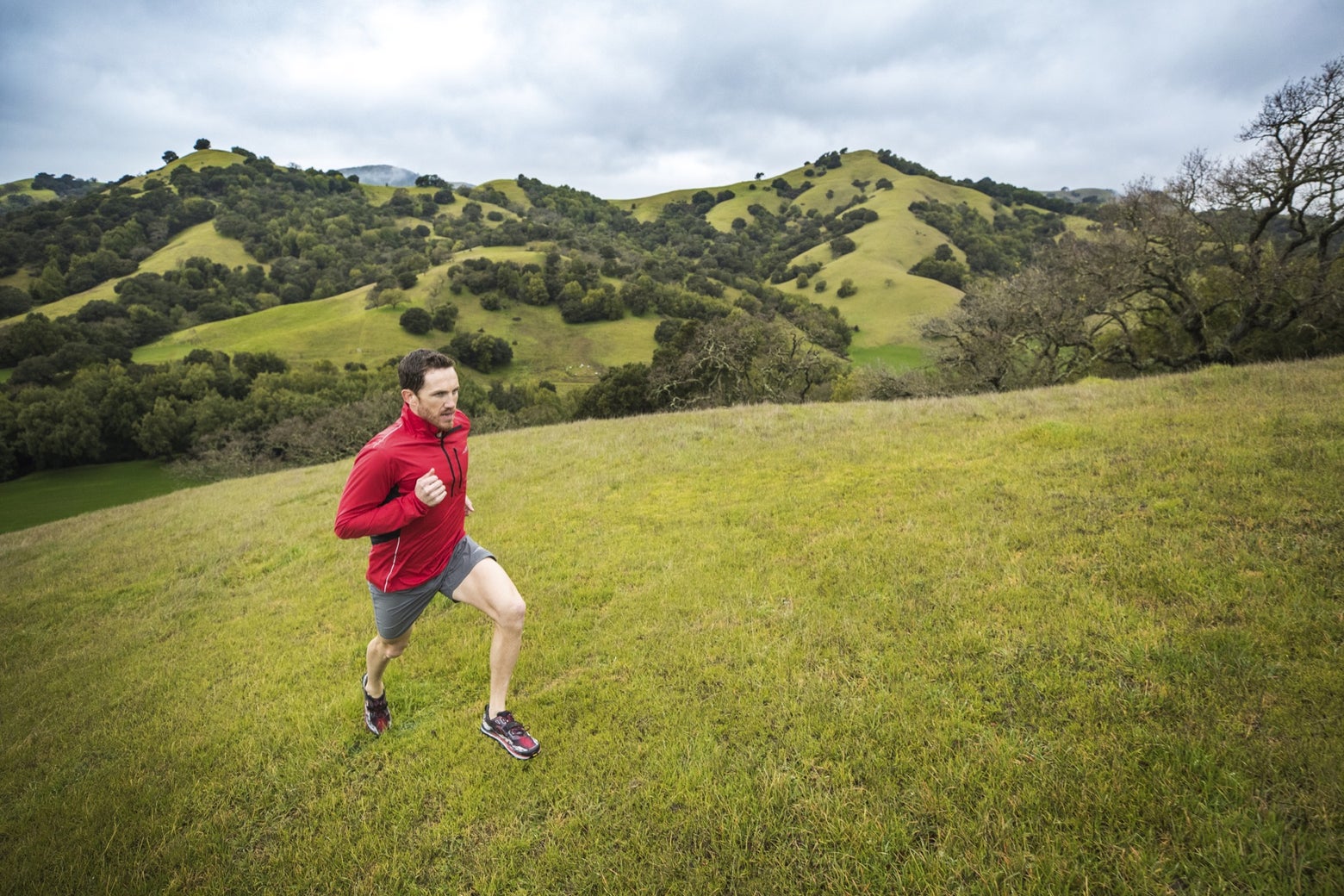How to Prevent Running Injuries
Ten Simple Steps for Healthier and Happier Running

Running injuries are common. We can all probably think of someone who has been previously injured while running or is currently on the sidelines due to an injury. We may even be thinking of ourselves! With a problem as common as this, it must be asked: Why do running injuries occur, and how can we avoid them?
How Running Injuries Occur
If our bodies are not coping with the stress of running at any particular time, injuries are likely to occur. Most running injuries fall under the term “overuse injuries” which occur when we have taken on too much, too soon, too fast. These injuries are essentially a symptom of over stressing our bodies, so it is important to find ways to avoid the impacts of running becoming more than our bodies can cope with.

Ten Tips for Preventing Running Injuries
1. Gradually Increase Mileage and Intensity
One of the most effective ways to prevent overstressing your body is to avoid increasing your distance or speed too quickly. Experts recommend increasing mileage and intensity no more than 10% per week to allow your body to gradually build the strength needed to handle the increased demands.
2. Take Warm-Ups Seriously
Proper warm-ups help prevent both soreness and injury. Warm-ups gradually introduce a wide range of motion to your body in order to prepare it for when that same movement is demanded by exercise. For more information, read The Best Warm-ups for Runners.

3. Stretch Regularly
Stretching is a key factor in maintaining flexibility and joint range of motion. If your muscles are too tight, they will be weak and will not be able to extend fully. Forcing these muscles to stretch beyond their capacity during strenuous activity will increase your risk of muscle, joint and ligament injuries. Be patient with your progress as improving your flexibility will take time and consistency. You can learn more by reading our article The Best Stretches for Runners.
4. Take Rest Days
Running causes microscopic tears in your muscles. These tears will make you stronger as long as you give your body an opportunity to rest in order for it to rebuild the muscles. Therefore, it is crucial to add rest days into your training schedule. In terms of injury prevention, a rest day may involve not exercising at all, or incorporating light activities into your day to enhance recovery. Either way, you should not be running on these days. Additionally, prioritising your sleep will also allow your body to fully recover.

5. Incorporate Strength Training
The aim of strength training is to increase muscle strength and reduce the onset of fatigue. Lifting weights, plyometrics and hill running are all forms of strength training. It provides a good opportunity to work on creating balance and strengthening weaker parts of your body. Your core and glutes benefit your balance and stability the most, so it is particularly important to focus on these areas. Don’t forget to also address smaller muscles, too, like the ones in your feet!
6. Listen to Your Body
There is the satisfying kind of pain that accompanies a hard, productive workout, and then there is the not-so-satisfying kind of pain that comes when something feels off. Pain is your body’s method of warning you that something is not quite right. While the ability to push through it may allow you to become faster, the best athletes know when to listen to the warning signs and stop running. If a certain area feels weak or painful, do not push it. Thepain is most likely your body telling you to rest, strengthen or stretch. If you have consistent, extreme or worsening pain, seek help from a medical professional.
7. Stay Hydrated
In addition to helping prevent heat-related illnesses, hydration is vital to the function of your muscles and joints. Water supports normal muscle contractions and plays an essential role in lubricating and rebuilding our joints. If the joints are not properly lubricated or able to rebuild cartilage, joint injuries such as cartilage or meniscus tears may occur. Regardless, it is also critical to avoid overhydration as well.

8. Change Up Terrain
Running on the same terrain day after day will commonly lead to overuse injuries. Consistently running on hard pavement, off camber trails or other monotonous terrains puts your body through the same motion and type of impact with every step, over and over again. This increases the stress on all the same muscles, tendons and bones. If this stress adds up to a point beyond what your body can handle, injuries will most likely occur.
9. Wear Good Running Shoes
Having the right running shoes is essential to running health. This includes choosing the right type of shoe for your individual needs but also taking care to avoid running in shoes that are too worn out. Uneven wear can promote unhealthy gait patterns and cause injury. Therefore, make it a priority to replace your running shoes regularly. Everyone’s shoe requirements are going to differ depending on your body’s needs and preferences. When choosing a shoe you will need to consider the arch support, cushioning, drop and stack height .
10. Have Someone Evaluate Your Running
Having a professional analyse your stride is the best way to ensure you're running efficiently. They should provide you with tips on improving your form or help identify whether a specific type of shoe will benefit your running style. For example, a stability shoe for overpronation. Overall, a smooth and balanced running form can help minimise fatigue, improve efficiency and lower chances of injury.